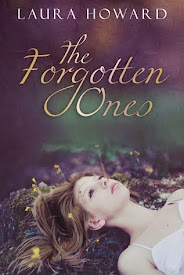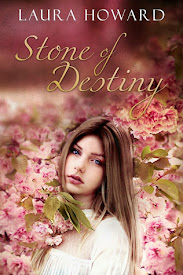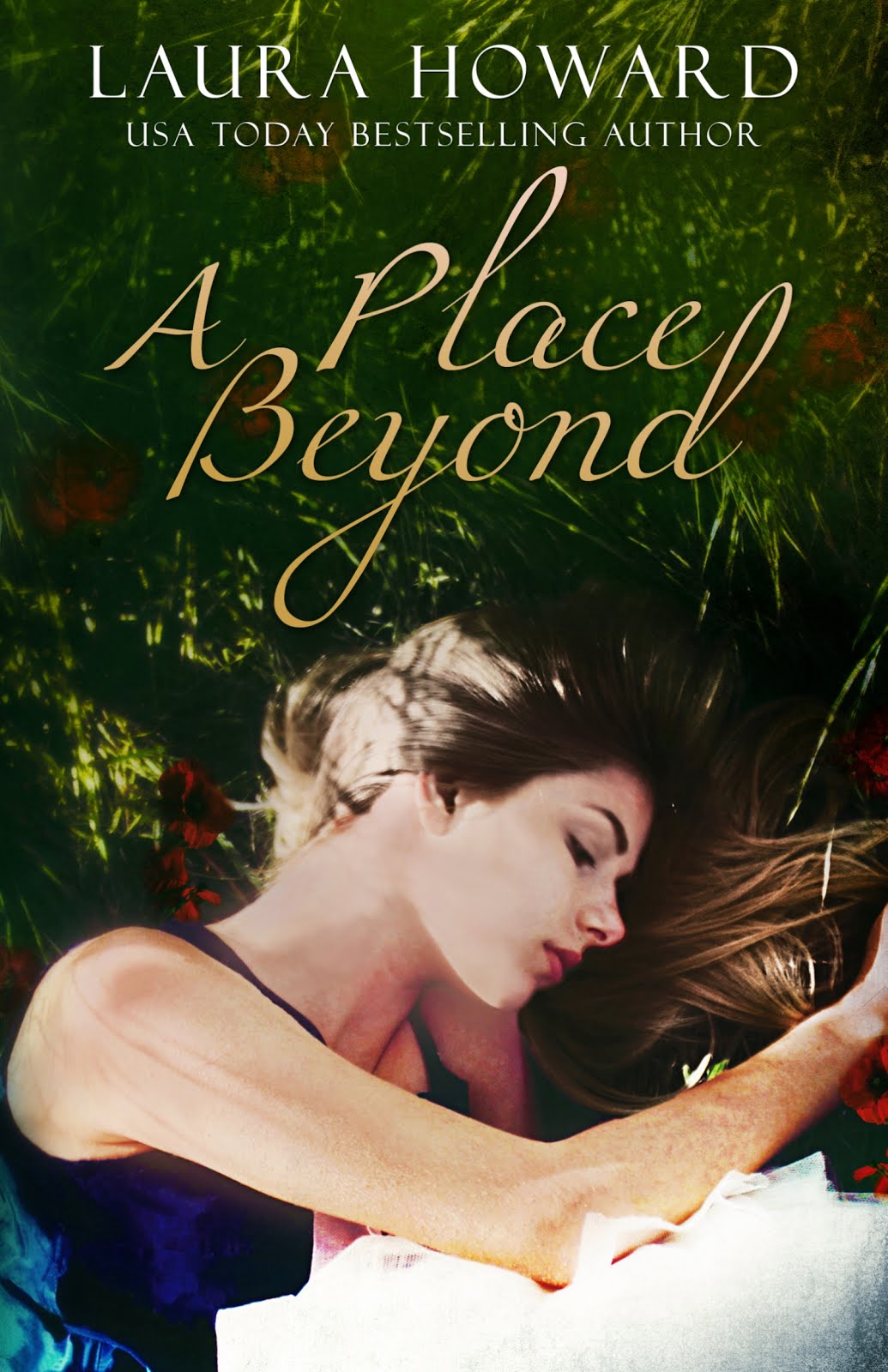 Today's post is brought to you by fantasy author Ciara Ballintyne. Ciara is a writer I discovered on Twitter, where she tweets out remarkable writing advice.
Today's post is brought to you by fantasy author Ciara Ballintyne. Ciara is a writer I discovered on Twitter, where she tweets out remarkable writing advice. She has a lovely, gripping writing style, which is showcased at her blog Flight of the Dragon.
There are a plethora of rules in writing, although I qualify that statement this way: they are less rules than guidelines on what works based on observable fact. That being the case, there is a persuasive argument to follow them – unless you absolutely know what you are doing by breaking them.
Point of view (POV) is one of those areas where it’s best to stick to the rules until you know the ropes. By way of introduction for the newbies, and refresher for more seasoned readers, here are the usual POVs:
First – the story is written using a narrator who refers to themselves as ‘I’ and ‘me’. This is the narrator’s story, and the readers can only see what the narrator observes, thinks or feels. Second – hardly ever used in fiction, comes across as a bit pretentious, and uses ‘you’ to refer to the reader as part of the story.
Third – Refers to characters as ‘he’ and ‘she’. May or may not use a narrator.
The levels of POV are:
Deep – nearly always used with first, because there’s not much point in using first if we don’t go deep into the character. Can also be used in third to go deeper into a viewpoint character so the reader almost perceives the story as if they are that character;
Limited – Often used with third. Each scene has a viewpoint character, and we see, hear, feel, know what that viewpoint character does while in that scene. We may learn facts unknown to that viewpoint character when we switch to another character in another scene.
Omniscient – Used with third, but out of fashion at the moment because it tends to keep the reader at arm’s length. It uses a narrator to tell the story using ‘he’ and ‘she’. So we aren’t in the head of any one character, but receive more of a camera’s view of the scene. We may gain knowledge known to any character within a scene if the narrator chooses to impart that information. The narrator may be a character in the story (i.e. looking back on past events) or not.
Important POV Rules to Know – And When To Break Them
Apart from using the correct terminology for the POV you’ve chosen, which I’ve briefly outlined above, here are some of the guidelines for correctly using POV. When I say ‘correctly’, I don’t mean in the sense there is a wrong and right way like 2+2 = 3 is clearly wrong, but in the sense of what works, and what might jar the reader. The writer’s job is to seamlessly create a story until it immerses the reader and draws them in – we don’t want ugly reminders it is a story.
When using first, try to stick to one viewpoint character. The whole point of first is to tell that character’s story. If you switch to another character, the reader is likely to lose interest or (heresy!) skip sections until they can get back to the character they’ve connected with.
If you do use more than one viewpoint character in a first POV story, it might be better to use third person for the other viewpoint/s (although I’d try to limit it to one additional viewpoint if possible). Really, you should only do this if there is something we need to see happen to that character the first character can’t know. Diana Gabaldon’s Outlander series is an example – the books use first from Claire’s perspective, but we switch to third for Jamie to find out what happened to him when she had returned to the future. This works because Claire can’t tell us; she doesn’t know. Note also readers are heavily invested in Jamie’s story as well because it so much affects Claire’s, so readers are likely to be happy with this feature.
Don’t use two first viewpoint characters unless you are capable of creating very distinct ‘voices’ for each of them, otherwise the reader is likely to get confused and not know which character they are with. This is only for very skilled writers of first POV. Never use two first viewpoint characters just because you ‘feel like it’ or to deliberately confuse the reader. That’s lazy and artificial. If you’ve written your two characters well, the reader should always be able to recognise them anyway.
When using third limited, remember you can only tell the reader what the viewpoint character knows, thinks or guesses. If we’re using Jill’s character as the viewpoint character, we can’t know what Bob thinks about her dress – unless he opens his mouth and says it.
Don’t have non-viewpoint characters say/do things that are out of character for them just to impart information to the reader the viewpoint character doesn’t know.
If, when using third limited, you do tell the reader what more than one character thinks, feels or knows in the one scene, you are head-hopping. Head-hopping jolts the reader out of the story. One moment they are happy and content riding with Jill, and the next they’re in Bob’s head – WTH? Even if a reader doesn’t know what to call this, or doesn’t know why they feel suddenly distanced from the story, most will know something suddenly doesn’t seem as interesting about the story. And you don’t want them to start thinking about why – you want them reading your story!
To change viewpoint characters properly in third limited, change at scene of chapter breaks. Don’t go too far into the story before introducing a second viewpoint character (and then again when introducing a third) or the reader may not want to let go of the first. A good idea is to introduce the second viewpoint character to the reader while still in the first viewpoint character’s POV. Then the reader knows who this person is before they are suddenly dumped in their head.
When choosing the viewpoint character for a scene, choose the character with the most to lose, the one with the most at risk in that scene. This is the most interesting, the most conflicted character, and therefore the one we are likely to care about most.
Third omniscient keeps the reader at arm’s length. The story is told to us by the narrator, and we are never inside the character’s heads. The narrator may tell us what a character is thinking, but we don’t see the character’s thoughts. If we can get inside the character’s head to see their thoughts, it’s third limited, and then if you show us the thoughts of more than one character per scene, that’s head-hopping. You can take us inside a character’s head, or you can have multiple characters thoughts told to us by a narrator in one scene, but you can’t have both.
The Exception To the Rule – When Head-hopping Isn’t Head-hopping
If you are really good – and I mean really, really good, like, Stephen King good – you can transition between the thoughts of more than one character in one scene in third limited without the reader noticing.
Remember I said the point of the POV rules is to make sure we don’t jolt the reader out of the story? Well you can bend the rules and achieve the same outcome, if you know how, and you’re really good.
The trick is to use third limited in one viewpoint character, then to move back to omniscient to share some information about the scene or other pertinent fact that ties the two characters together, and then move back into third limited using a second character as a viewpoint character. The move from limited to omniscient and back is a subtle cue to the reader to step out of the first character’s head until they are planted back in another character’s head. If this is done really well, even writers who know all about head-hopping won’t be affected by this unless they are watching for it. This is because it’s so smooth. Technically it’s naughty, and against the rules, but if it works, and doesn’t affect the reader, why not?
One Rule To Rule Them All
Wait – there is an answer to ‘why not?’.
The over-arching rule you should always remember is everything in your manuscript should have a purpose.
It should show character, show setting, advance the plot, or any combination of these three. If it doesn’t, why is it there?
So, when considering breaking the rules, the question you should always ask yourself is why? What is it you hope to achieve by doing this? Does the reader need this information? Is there no other way to give it to them? Or are you doing it ‘just because’. If it’s the latter, it’s probably not going to add to or improve your story in anyway, and even if done properly, there is the risk you’re going to jolt the reader because there’s no reason to expect that transition or switch. Every transition, of any kind, is a chance to lose the reader, no matter how well it’s executed, so make them count!
Do you write in the First Person or Third? Limited or Deep?

















Excellent post, especially your sense of what a "rule" is. Break them at your own peril, though you may achieve something worthwhile by doing it. But most will merely undermine the reader's interest.
ReplyDeleteI'm always interested in learning what brings the reader out of a story- this post totally nails the key reasons- isn't she amazing?
DeleteI agree, and I tend to play by the rules for that very reason. I came up with that 'definition' of rule because I grew so tired of people telling me they don't like rules. I think this definition better explains WHY we should follow the rules.
DeleteThat said, though I think it's better to stick to the rules, I can't deny there are people like Stephen King who CAN manage to break them and break them well.
I, personally, haven't yet come across the situation where I needed to break a rule.
Great break down, Ciara.
ReplyDeleteI'm a first person writer on my novels, but use third deep for short stories. Not sure why unless the characters I know the best have the longest stories to tell.
Thanks for sharing this article, Laura!
I've been working in third- I don't know why, it seems easier to be objective for me! Thanks for stopping Kasie!
DeleteFirst and deep third are actually almost identical except you are swapping the pronouns out. I can't write first, or deep third, very well because of the level to which it requires me to go into the character. I don't like omniscient, but I have been told I write third limited more at the omniscient end of the scale, and I can live with that as long as I don't cross that line :-)
DeleteI'm a 3rd limited kinda guy, although I've done 1st for some short stories. When I spend too long reviewing my 1st person thoughts it starts to feel like an actor speaking to the camera. I guess I'm more comfortable with a layer of distance in there.
ReplyDeleteNice post!
Thanks Jeff- I love third limited too!!
DeleteI'm the same, and you may have hit the nail on the head as to WHY - I, too, seem to be more comfortable with that layer of distance. I did first once - and the resounding feedback from my crit group was DON'T. I wrote the same story in 1st and 3rd and they said the one in 3rd was far and away better.
DeleteFirst person deep seems to work best for me. I've tried one manuscript in 3rd person limited (drama genre) and it was a struggle the entire time. Not sure why. Good to try it out though and push myself in new directions!
ReplyDeletexx, Lauren
I'm the opposite. I've only written first once, and I couldn't even get started. I had to write it in third and swap the pronouns around, but of course there is more to writing first than that. It wasn't very good, it was just the only way I could even get started!
DeleteThank you so much Ciara and Laura! This is a great overview of the pros and cons of each POV option. I like first person, but have to remind myself to get deep enough!
ReplyDeleteGlad you enjoyed it. there definitely are pros and cons to each POV and writers, and readers, will have their own preference. But if a writer executes a POV well, you should be able to overcome any reader preferences - for example, Robin Hobb gave me a terrible prejudice against first POV because I absolutely loathed the way the books were written, and for a long time I refused to read a book written in first, but I adore both Diana Gabaldon's Outlander series and Jacqueline Carey's Kushiel's Dart, even though both are written in first, because it has been done so well.
DeleteI live the Outlander books, too!
ReplyDeleteGreat post. I love first when writing short stories, but stick with third limited in novels. I'm toying with the idea of adding a third POV, but have been "advised" it would be too much for the reader. You touched on introducing a third POV. Any tips specifically for adding a third POV (I suppose it would be a third third ...)?
ReplyDeleteIn the sense of a third viewpoint character? There are no specific rules around this, although I suggest following the guideline above about introducing that character to the reader while still in a previous character's viewpoint before switching. Some genres will only have one or two viewpoint characters, and you'll hear this advice not to introduce too many, but epic fantasy, for example, will typically have multiple POV characters! The Wheel of Time and Game of Thrones have dozens of viewpoint characters.
DeleteSo maybe go with what's typical in your genre rather than following any hard and fastrules.
Thanks. I experimented with adding a third last night but think I'll hold off at this point.
DeleteHi there Ciara,
ReplyDeleteI'm so glad I saw the link in a tweet! Thanks a ton for the great explanation. I knew this from college, but since that was back in horse and buggy days I had grown foggy on the distinctions. I use third limited with smatterings of deep, but I cheat. My protagonist is possessed for over half the novel so he really DOES have internal dialogues.
Oh, that's not cheating, that's just adding another dimension to it ;-) I'm glad you found this post helpful :-)
DeleteThere was a guideline I learned while in art school: You have to know the rules before you can break them. :) I think you covered this beautifully! Thank you for the post, it was very helpful.
ReplyDeleteI agree. Writers are forever telling me there are no rules, they can do whatever they like. I reply there are rules, and while they may not be hard and fast rules, it's important to understand what they are, why they work, and how breaking them might affect the work, BEFORE breaking them. Every rule broken should be broken intentionally after due thought, not simply out of ignorance.
Delete